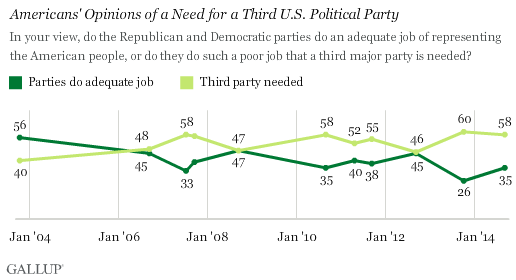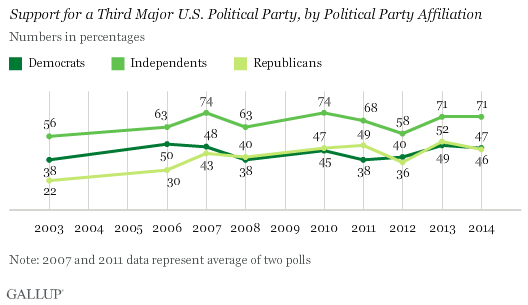"A Pennsylvania company that
enrolls more than 100,000 students at for-profit trade schools and
colleges across the U.S. and Canada has agreed to pay $95.5 million to
settle claims it illegally paid recruiters and exaggerated the
career-placement abilities of its schools.
Under the deal
announced by the Justice Department on Monday, Education Management
Corp. also agreed to forgive $102.8 million in loans it made to more
than 80,000 former students.
announced by the Justice Department on Monday, Education Management
Corp. also agreed to forgive $102.8 million in loans it made to more
than 80,000 former students.
"This
case not only highlights the abuses in EDMC's recruitment system; it
also highlights the brave actions of EDMC employees who refused to go
along with the institution's deceptive practices," U.S. Attorney General
Loretta Lynch said at a news conference."
case not only highlights the abuses in EDMC's recruitment system; it
also highlights the brave actions of EDMC employees who refused to go
along with the institution's deceptive practices," U.S. Attorney General
Loretta Lynch said at a news conference."
..
"That lawsuit, and others like it, claimed the company signed up studentsit knew likely wouldn't succeed or finish its programs. It did so by
paying recruiters using illegal enrollment-based incentives in hopes of
raking in government financial aid, which provided the bulk of the
company's income, the lawsuit said."
...
"
Nadia Taylor, 23, of Durham,
North Carolina, said she enrolled at the Culinary Institute at
Raleigh-Durham in 2011 after being cold-called by a recruiter who knew
personal details about her, including her low-income status, and that
her mother was incarcerated and her father deceased.
North Carolina, said she enrolled at the Culinary Institute at
Raleigh-Durham in 2011 after being cold-called by a recruiter who knew
personal details about her, including her low-income status, and that
her mother was incarcerated and her father deceased.
Taylor
said the recruiter talked her into a four-year bachelor's degree
program without disclosing its cost — $100,000 — which Taylor learned
about only after completing her first quarter. Taylor said she
eventually quit school in 2014, with two months left, when the
curriculum was changed requiring her to take more classes she couldn't
afford.
said the recruiter talked her into a four-year bachelor's degree
program without disclosing its cost — $100,000 — which Taylor learned
about only after completing her first quarter. Taylor said she
eventually quit school in 2014, with two months left, when the
curriculum was changed requiring her to take more classes she couldn't
afford.
"I would love a
degree," said Taylor, who cooks at a steakhouse after losing her job as a
hotel sous chef because she doesn't have a diploma. "Right now I have
$47,000 in debt and literally not one thing to show for it.""
degree," said Taylor, who cooks at a steakhouse after losing her job as a
hotel sous chef because she doesn't have a diploma. "Right now I have
$47,000 in debt and literally not one thing to show for it.""







